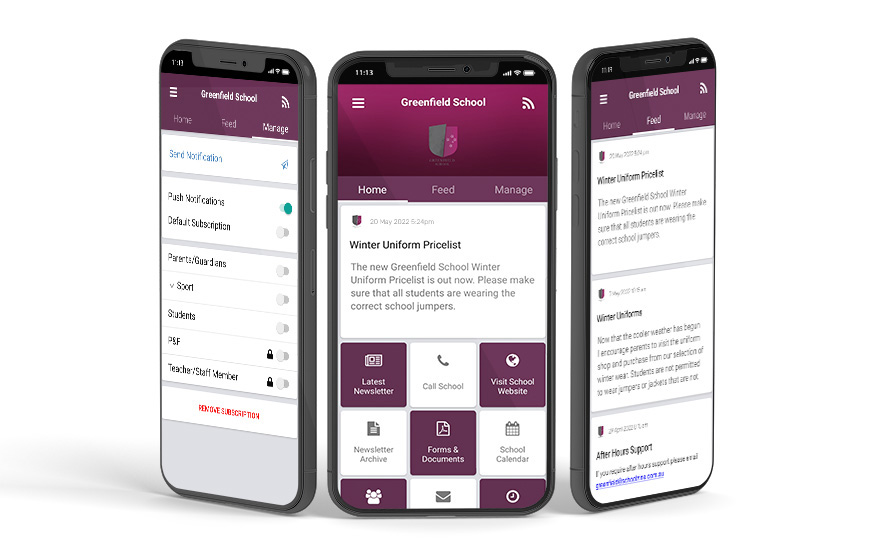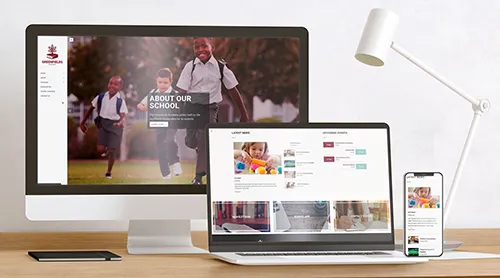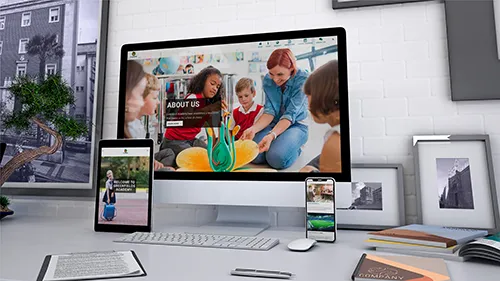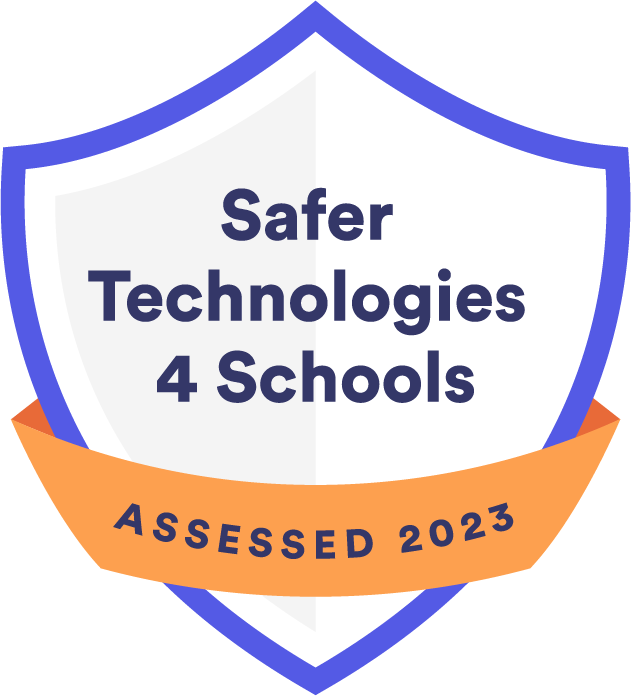In today’s digital age, effective communication between schools and parents is more crucial than ever. Newsletters play a significant role in facilitating this communication, providing updates, announcements, and insights into school life. However, the use of PDF newsletters is increasingly outdated and ineffective. Despite many schools still relying on creating newsletters in Word and exporting them as PDFs, this approach comes with limitations that hinder engagement and effective communication between schools and parents.
Here are six reasons why schools should bid farewell to newsletter PDFs and embrace more dynamic and interactive communication platforms:
Poor Formatting
Have you ever opened a PDF on your mobile device? Talk about a jump scare. PDFs are known to look awful on mobile devices, and in today’s mobile-centric world, the majority of parents access information on their smartphones or tablets. Unfortunately, PDF newsletters are notorious for looking distorted and unreadable on smaller screens, creating a frustrating experience for mobile users.
In addition, the rigid structure of PDFs makes it challenging to customise layouts and design elements, leading to a lacklustre presentation that fails to capture your readers’ attention.
Limited Interactivity
Unlike other digital formats, PDF newsletters lack interactivity. There’s only so much you can do, and uploading visuals is either extremely hard to format or just impossible. In an era where visuals reign supreme, this limitation impacts your ability to engage parents with dynamic and interactive content that showcases school achievements and events.
We’re bombarded with flashy visuals and interactive content everywhere we look. And yet, here comes the school newsletter in plain old PDF form, unable to even include an interactive image gallery of the sports day or a video of the school play. Visual elements are crucial for engaging your school community. When parents see their kids’ smiling faces in a newsletter and are up to date with what they’ve been doing, they feel connected to the school community and have the tools needed to show interest in their child’s education.
Accessibility Issues
Newsletter PDFs present significant accessibility challenges for individuals with disabilities. Unlike other digital platforms, such as Schoolzine, which boasts built-in accessibility features, PDFs often lack the necessary accommodations. Common issues like screen reader compatibility make it challenging for visually impaired individuals to access content effectively. Additionally, text embedded within images, like event flyers or announcements, remains inaccessible to screen readers, further marginalising those reliant on such tools for information access.
By relying solely on PDF newsletters, schools inadvertently create a sense of exclusion for members of their community with disabilities. These individuals may feel overlooked or marginalised, as they struggle to access the same information as their peers. This not only goes against the principles of inclusivity and diversity but also hinders effective communication within the school community.
Inefficient Distribution
Distributing PDF newsletters via email or posting them on a website indeed creates additional hurdles for recipients to access the content. It’s not as simple as opening an email and reading it. Your audience needs to download the file or navigate to a separate webpage. This extra step not only adds inconvenience but also creates potential barriers to engagement.
Parents and community members, especially those with busy schedules, may find it easier to overlook or forget about PDF newsletters that require additional effort to access. As a result, the readership of these newsletters may decline, leading to missed opportunities for important announcements, updates, and engagement initiatives.
Limited Analytics
Unlike digital platforms that offer robust analytics capabilities, PDF newsletters fall short in providing comprehensive insights into readership and engagement metrics. While other platforms, such as Schoolzine, offer detailed analytics that track open rates, click-through rates, and other key metrics, PDF newsletters often lack the ability to gather such data. As a result, schools miss out on valuable insights that could inform content strategies and improve communication with parents.
Analysing engagement metrics is crucial for understanding which content resonates most with the audience and which areas may need improvement. With digital platforms like Schoolzine, schools can track metrics such as which articles are most frequently read, which links are clicked on, and even demographic information about their readership. Armed with this data, schools can tailor future newsletters to better meet the needs and interests of parents, ultimately enhancing engagement and communication effectiveness.
Low Engagement
Ultimately, the shortcomings of PDF newsletters result in low engagement rates and missed opportunities for meaningful communication and involvement in school activities. When parents encounter static, uninspiring content in PDF newsletters, they are less inclined to read and interact with the material. This lack of engagement not only diminishes the effectiveness of communication efforts but also hampers the school’s ability to foster a strong sense of community and involvement among parents.
In today’s digital age, where attention spans are short and visual content reigns supreme, PDF newsletters simply fall short in capturing the interest and attention of busy parents. Without the dynamic and interactive elements found in modern digital platforms, such as Schoolzine, PDF newsletters struggle to compete for attention and fail to provide the engaging experiences that parents need.
How Schoolzine can help
The temptation to stick with the status quo is understandable, especially when PDF newsletters are familiar. However, by clinging to outdated communication methods, you’re missing out on opportunities to strengthen parent-school relationships and boost school engagement numbers.
Enter Schoolzine. Our innovative newsletter builder provides a comprehensive solution to your communication needs. With features designed to enhance engagement, accessibility, and inclusivity, Schoolzine lets you create visually stunning newsletters that captivate readers, no matter their device or accessibility requirements. Our user-friendly platform is built to foster engaged school communities and save you valuable administrative time – yes, it really is that easy to use!
See for yourself and book a free demo today.








